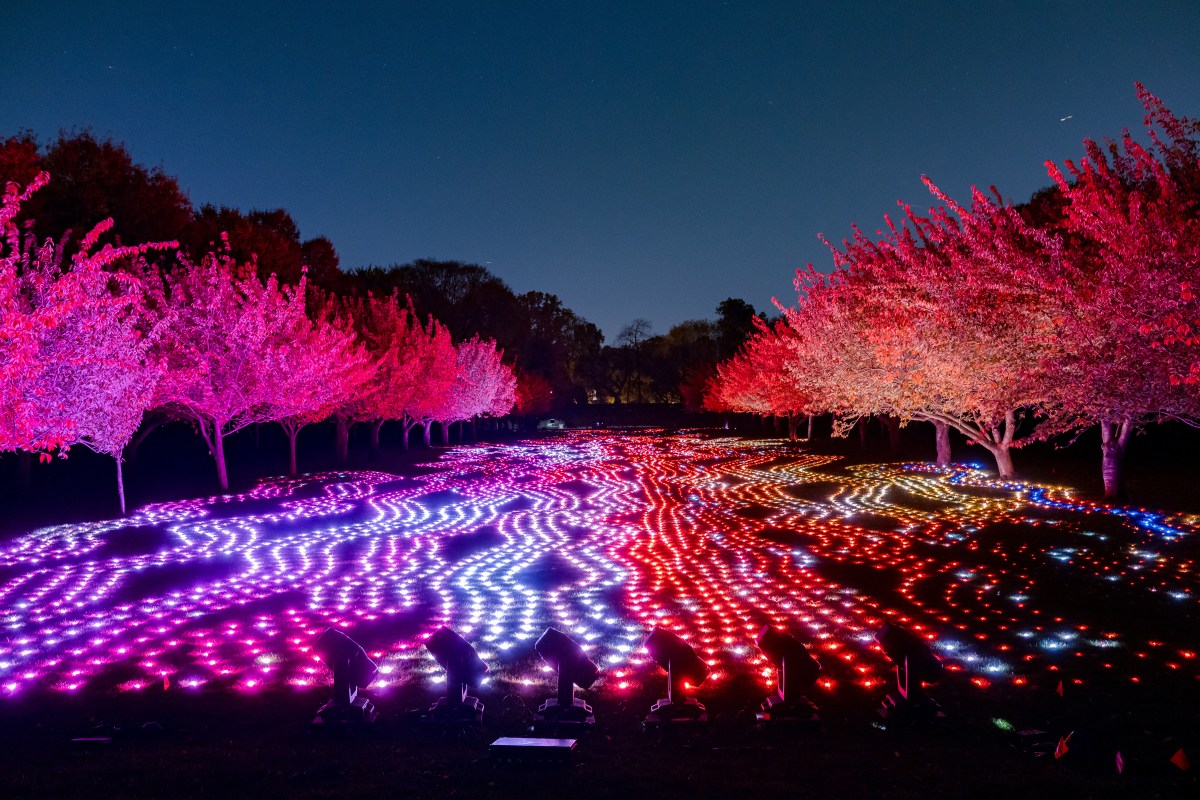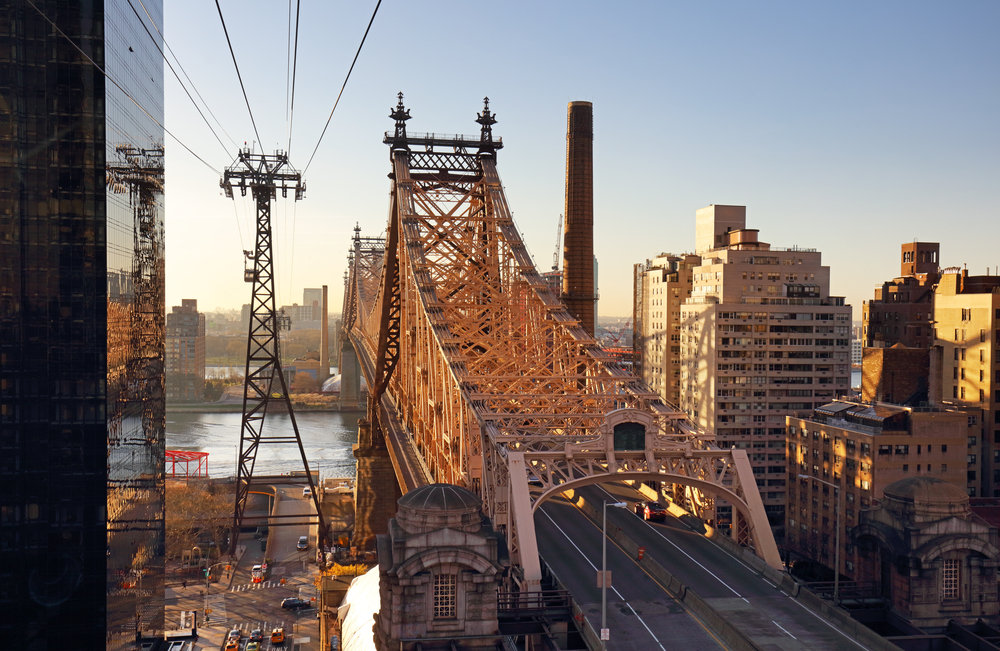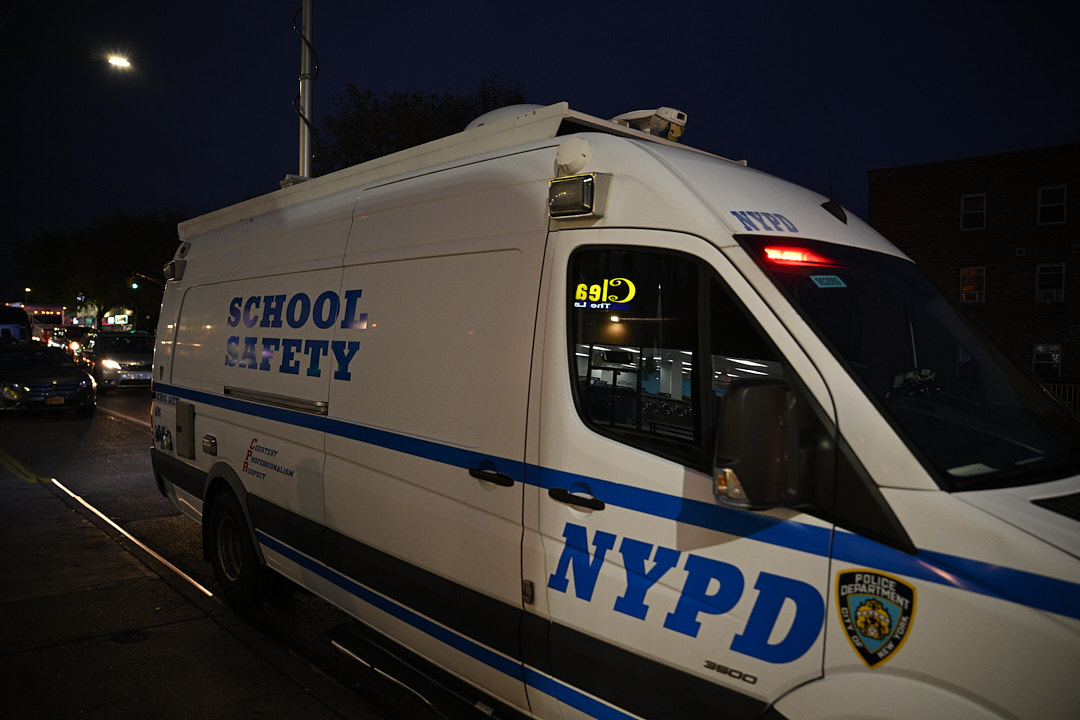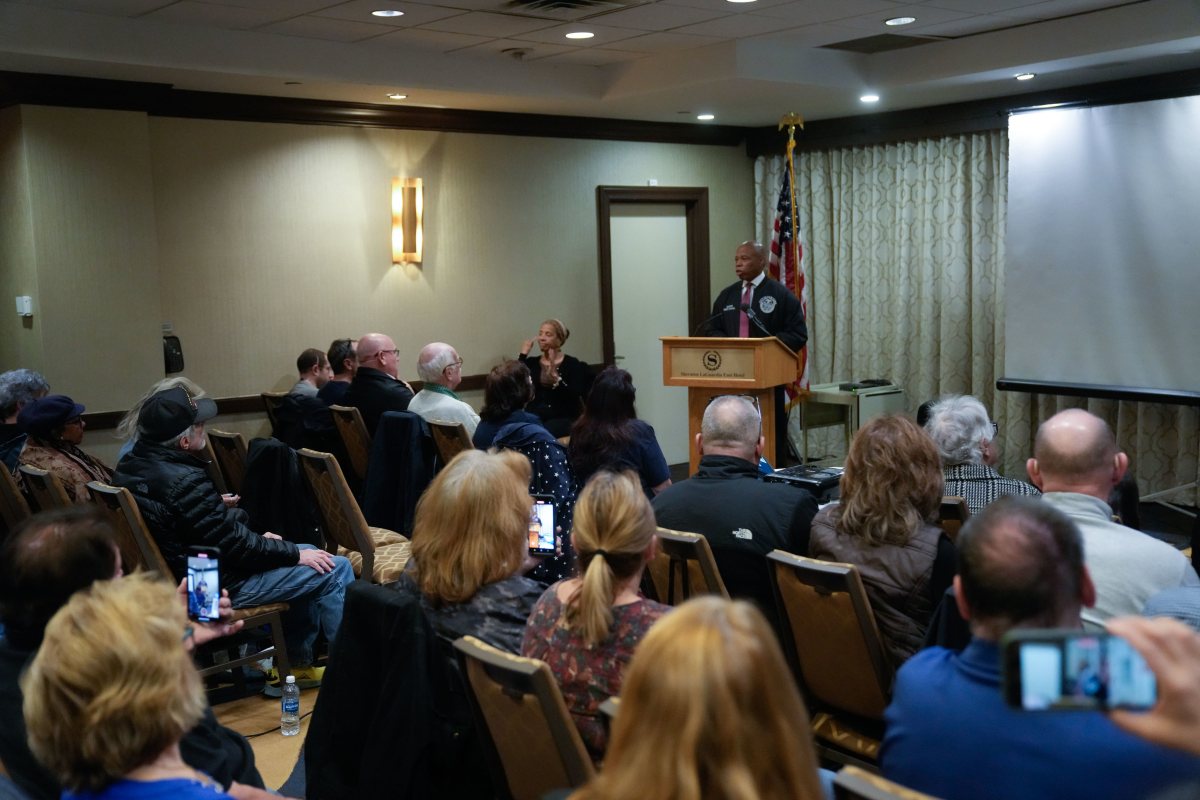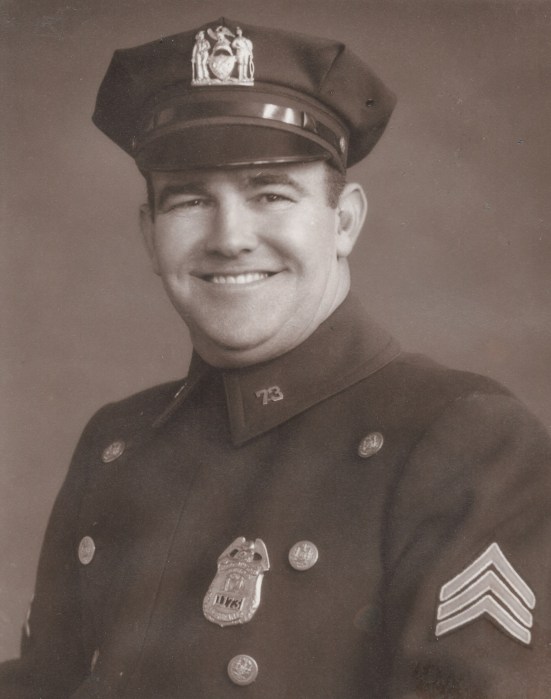An exhibit chronicling the societal tide of Brooklyn’s waterfront has crested after four years of research.
The Brooklyn Historical Society opened its “Waterfront” exhibit this weekend in its Dumbo annex, which pulls from four years of studying the coastline’s evolution from the 19th century to modernity. The displays include individuals’ stories, related objects and high-tech displays.
“We felt that this history had an incredibly important story to tell and that we didn’t want it to be forgotten,” said Julie Golia, the exhibit’s curator and the Brooklyn Historical Society’s director of public history. “In a lot of ways, it’s our responsibility to bring to life not only the history of this particular gallery, but to have people leave and see the history all around them — to look at the waterfront in new ways.”
Along with highlighting the waterfront’s heyday as a major port of entry and an industrial area, the exhibit touches on the construction of the Brooklyn Bridge and current discussions about gentrification and rising sea levels. Business owners, historians, scientists and activists weigh in on these topics in recorded interviews.
Visitors can watch an eight-minute film called “At Water’s Edge,” which traces 20,000 years of Brooklyn’s waterfront history. Using new technology, attendees can be virtually dropped into ten historic paintings and photographs, and record themselves interacting with historical figures and objects in minute-long movies.
The exhibit even touches on its location inside the historical society’s annex at Empire Stores, a 19th century storage warehouse recently developed into a retail and commercial hub. One installation includes floor-to-ceiling displays of artifacts that were excavated from a landfill beneath Empire Stores.
“Waterfront” relies on personal stories, including three enslaved residents’ struggle for freedom and the role of female Navy Yard workers during World War II. The exhibit also introduces an Irish immigrant family, whose patriarch, an Empire Stores dockworker named Michael Harkins, died when a bag of seed fell on him on the job.
“The one thing we want people to walk away from this exhibition with is the understanding that there is no one waterfront,” Golia said, while emphasizing that the coast’s role in Brooklyn has always been changing.






